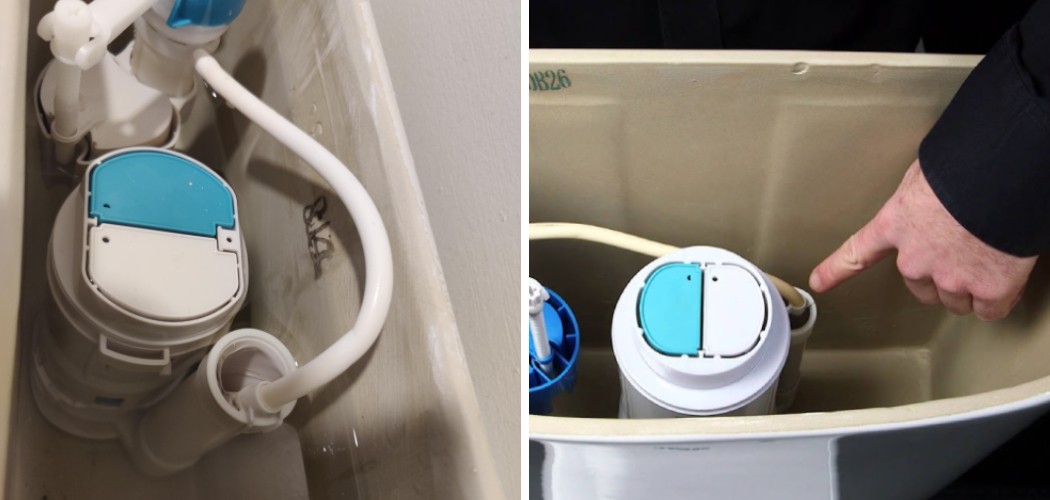Double flushing occurs when a toilet flushes twice with a single lever push, which can lead to significant water waste and increased utility bills. This issue contributes to unnecessary expenses and raises concerns about environmental sustainability as it strains precious water resources. When a toilet uses more water than necessary, it can escalate monthly water bills and may even require additional plumbing work.
In this article, we will provide a comprehensive overview of how to fix a double flushing toilet. We will guide you through diagnosing the underlying problems, offer step-by-step repair solutions, and discuss preventive measures to ensure your toilet functions efficiently without wasting water. By addressing this common problem, you can save money while also helping to conserve water for a healthier planet.
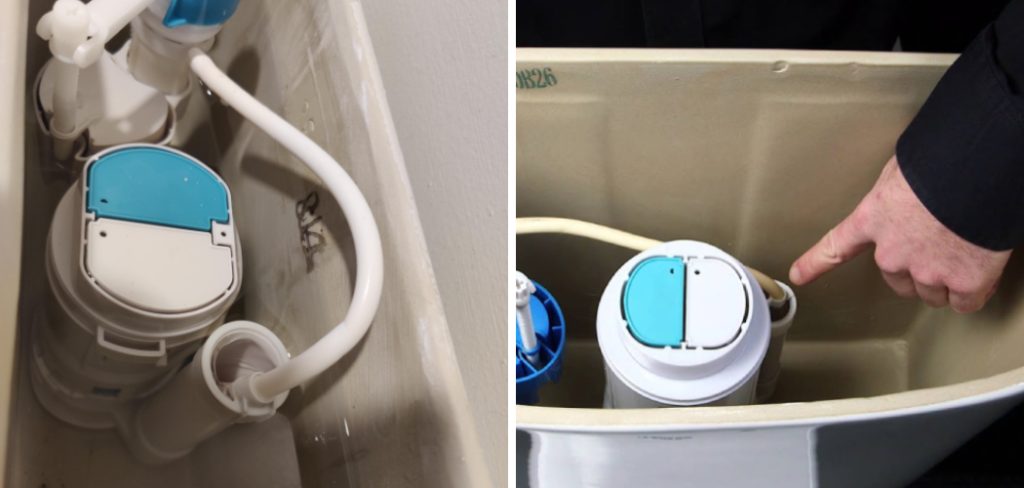
Understanding the Causes of Double Flushing
Double flushing can often be traced back to a few common causes, primarily involving the flapper and water level settings in the toilet tank.
Flapper Issues
A worn or damaged flapper is one of the primary culprits of double flushing. The flapper is a rubber or plastic component that seals the opening at the bottom of the tank. Over time, it can degrade due to constant exposure to water and harsh chemicals, leading to a failure to seal properly. When the flapper doesn’t form a complete seal, water can leak from the tank into the bowl, often triggering an unintended second flush.
Signs of wear include visible cracks or a warped shape in the flapper material, which should be replaced promptly to maintain efficiency. Additionally, the flapper chain length may also contribute to flushing issues. If the chain is too tight, it may prevent the flapper from closing after a flush; conversely, if it’s too loose, the flapper might not lift at all, both scenarios ultimately resulting in double flushing.
Water Level Issues
The water level in the tank can also play a significant role in whether your toilet flushes once or twice. If the water level is set too high, excess water may flow into the bowl with each flush, leading to a second flush triggered by the additional water. Homeowners can check the water level by looking at the marked fill line on the side of the tank. To correct this issue, you can adjust the float mechanism; if it’s positioned too high, the float will signal the tank to fill beyond its optimal level.
Ensuring that the float is correctly set can prevent the toilet from overflowing and minimize the risk of double flushing, thus helping conserve water and reduce utility expenses.
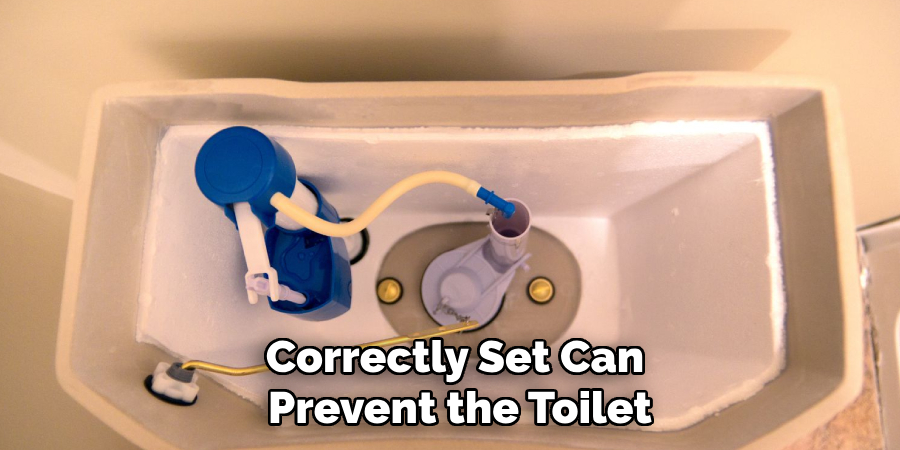
Tools and Materials Needed
Basic Tools
To effectively address double flushing issues, you’ll need some essential tools. Make sure to have adjustable pliers on hand for loosening and tightening connections, a screwdriver (either flathead or Phillips, depending on your toilet) for removing screws, and gloves to keep your hands clean and protected during the repair process.
Replacement Parts
Depending on the specific problem identified, you may require a replacement flapper, a new fill valve, or a complete toilet repair kit. These readily available parts will facilitate a smoother repair process and help restore your toilet’s functionality, reducing the chances of future double-flushing incidents.
How to Fix a Double Flushing Toilet: Step-by-Step Guide
Step 1: Check and Adjust the Flapper Chain
To resolve the double flushing issue, check the flapper chain. First, lift the tank lid and observe the chain’s length. The ideal chain length lets the flapper lift fully without excessive slack or tightness. If the chain is too tight, it may impede the flapper from closing completely after a flush. Conversely, if it’s too loose, the flapper might not lift adequately. To adjust, simply unhook the chain from the flush lever and move it to a different link to achieve the desired length. Reattach it and test the flush to ensure the flapper closes correctly.
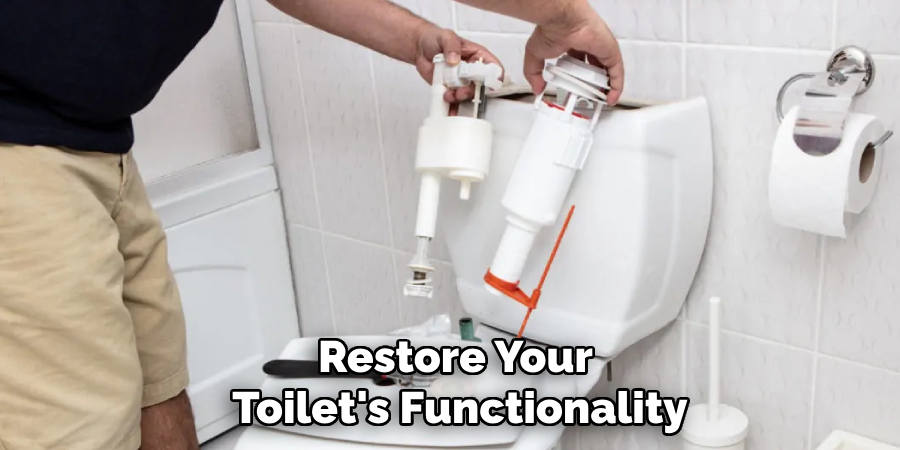
Step 2: Inspect and Replace the Flapper if Necessary
Next, inspect the flapper for signs of wear or damage. Look for visible cracks, warping, or anything affecting its sealing ability. If you find any damage, it’s advisable to replace the flapper. To do this, first, turn off the water supply to your toilet by locating the shut-off valve, typically located behind or under the tank. Then, flush the toilet to empty the tank. Detach the old flapper by unhooking it from the flush lever and removing it from the two pegs anchoring it.
Take the old flapper to a hardware store to ensure you purchase the correct replacement. Installation is straightforward: place the new flapper onto the pegs and reconnect the chain to the flush lever. Finally, turn the water supply back on and let the tank refill.
Step 3: Adjust the Water Level in the Tank
After replacing the flapper, if necessary, it’s crucial to check the water level in the tank. A water level that is set too high can lead to an overflow into the bowl, prompting a second flush. To adjust this, locate the float mechanism in the tank, which may look like a ball or a cup. If your toilet has a ball float, you can adjust the screw on top of the float arm to lower the water level. If it has a cup-style float, feel for an adjustment clip on the side of the float, squeeze it, and slide the float down the rod.
Aim to set the water level around an inch below the top of the overflow tube for optimal function.
Step 4: Test the Flush
Finally, it’s time to test your toilet once all adjustments have been made. Flush it to see if the modifications effectively resolved the double-flushing issue. If the toilet flushes normally without a second, unintended flush, you’ve successfully fixed the problem. However, if double flushing persists, consider fine-tuning the chain length again or reassessing the water level settings. Also, ensure the flapper is properly sealed.
Regularly checking and maintaining these components can significantly enhance your toilet’s efficiency, helping to prevent future issues and conserve water.
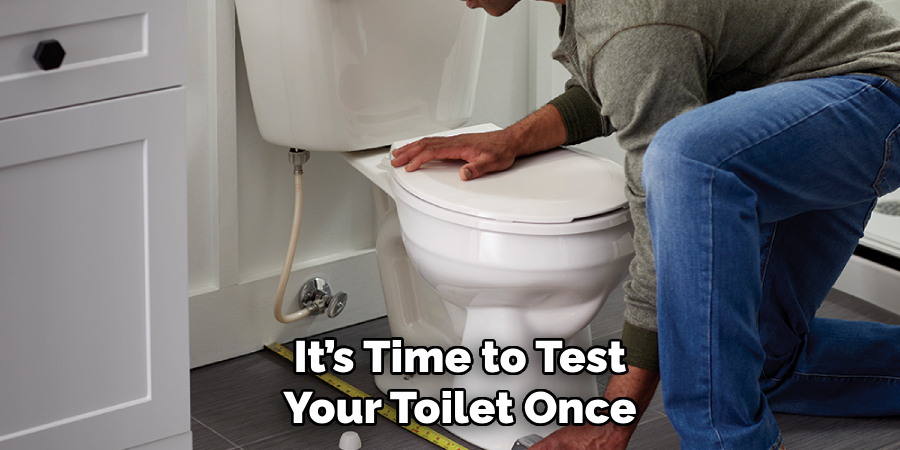
Preventing Double Flushing in the Future
Regular maintenance and quality components are essential to ensure your toilet continues to function effectively and avoids double flushing.
Regular Maintenance
One of the key practices is to inspect the flapper and chain regularly. Doing so allows you to catch any signs of wear or misalignment before they escalate into more significant issues. Additionally, it’s important to check the water levels periodically. Ensuring the water level remains at the correct point can prevent overflow and maintain proper flushing function, ultimately helping to conserve water and reduce utility costs.
Use Quality Parts
Investing in high-quality replacement components can significantly enhance your toilet’s performance. Reliable parts are less likely to fail or wear out quickly, which means fewer replacements and a reduction in plumbing issues over time. Choosing reputable brands for flappers, fill valves, and other parts can save you time and money in the long run, as they often come with better warranties and longer lifespans.
Flush Handle Care
Lastly, practice care when using the flush handle. Avoid applying excessive force when flushing, as this can lead to stretching or breaking of the flapper chain and mechanism. A gentle touch protects the components from damage and can also prevent issues like double flushing caused by improper operation. By adhering to these preventive measures, you can ensure your toilet remains efficient and effective for years, reducing the likelihood of double flushing incidents.
When to Call a Professional Plumber
Persistent Issues
If the double flushing persists despite following the outlined steps, it may indicate a more complex issue that requires a professional assessment. Problems such as underlying plumbing faults or intricate internal components may not be easily diagnosed without the expertise of a skilled plumber.
Internal Tank Leaks
Internal leaks can manifest in various ways, from the flush valve malfunctioning to issues with other tank components. Such leaks can lead to continuous water loss and potential damage. A professional plumber can accurately diagnose and repair these issues, ensuring your toilet functions optimally.
Upgrading Old Systems
Older toilets may struggle with water efficiency and performance, making them ripe for an upgrade. If your toilet is outdated, a professional plumber can provide valuable insights into modern models that offer enhanced efficiency and better flushing performance, helping you save water and reduce your utility bills.
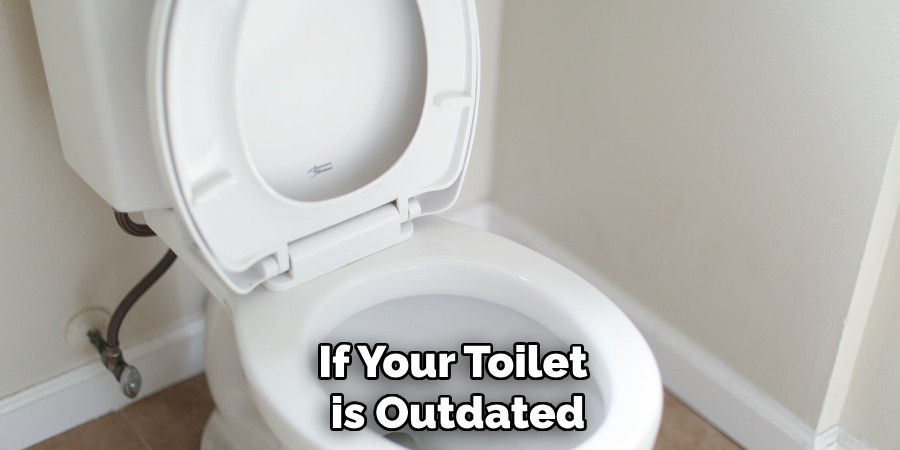
Conclusion
In conclusion, knowing how to fix a double flushing toilet involves several essential steps: adjusting the flapper chain for optimal length, inspecting and replacing the flapper if needed, and finally, adjusting the water level in the tank to prevent overflow. Regular maintenance is crucial; by routinely checking these components, you can catch potential issues early and avoid more significant plumbing problems.
Additionally, investing in quality parts and handling the flush mechanism with care will further enhance your toilet’s performance. We encourage you to promptly fix double flushing as soon as you notice it, as this can help conserve water and save money on utility bills in the long run. With these tips, you can ensure your toilet operates efficiently and effectively.

